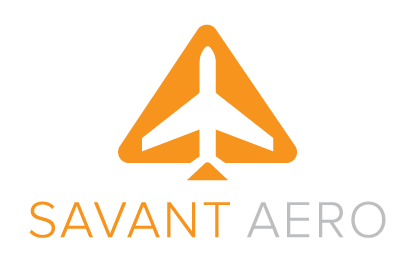A Complete Manual for Conducting International Flight Operations
Mach Number Technique
Mach Number Technique
Mach number technique is a procedure designed to maintain separation in non-radar, class II navigation. M ach number technique is based on true Mach. For all ACI Jet aircraft, True Mach will be reflected on the PFD as opposed to older aircraft where an adjustment may be required to determine true Mach number.
Loss of Separation Scenario
Longitudinal separation in the North Atlantic may be as low as 5 minutes for CPDLC ADS-C aircraft, normally 10 minutes for other aircraft. In a hypothetical scenario assume that two aircraft are flying the same track between the same two waypoints, but are separated by 5 minutes. The ACI Jet crew recognizes winds are stronger than forecast and the aircraft will reach its next reporting point 4 minutes later than expected. The crew, in an attempt to make up the 4 minutes decides they will accelerate the aircraft from Mach .80 to Mach .85 in order to be within 3 minutes of their next waypoint ETA.
Longitudinal separation in the North Atlantic may be as low as 5 minutes for CPDLC ADS-C aircraft, normally 10 minutes for other aircraft.Meanwhile the Hawaiian Airlines 767 which is in the lead also encounters the forecast wind. The Hawaiian aircraft also realizes they will be 4 minutes late arriving at the next reporting, but rather than increasing speed they advise that they have a new estimate for the next reporting point and maintain the current Mach speed. Which aircraft is correct in this scenario? Will a loss of separation occur? The answer is the Hawaiian aircraft is correct to provide a revised estimate and maintain the assigned Mach, eventually loss of separation will occur as long as the wind is stronger than forecast and the ACI Jet aircraft will be responsible for the loss of separation.
If an ACI Jet is assigned a climb while oceanic should the crew maintain the filed Mach.80 or should they use the standard climb profile and climb at Mach .75? The answer is that the controlling agency expects the aircraft to climb at the assigned Mach of .80. If the aircraft is not capable of climbing at that speed a revised estimate must be provided to the controlling agency or the climb shall not be accepted.
JOIN THE CONVERSATION

The material contained on this site is to be used for reference only. You should always follow your primary resources first (aircraft manuals, government regulations, etc.).
Savant Aero is no way affiliated with any aircraft manufacturers.

